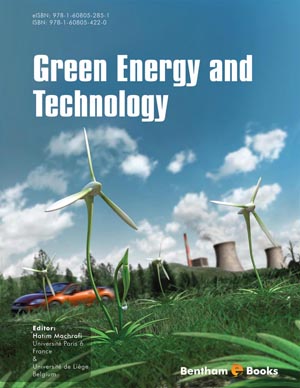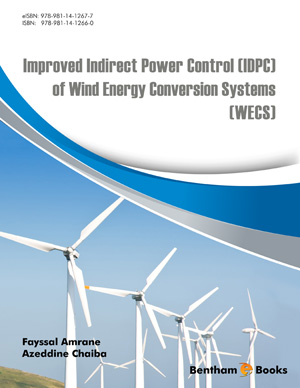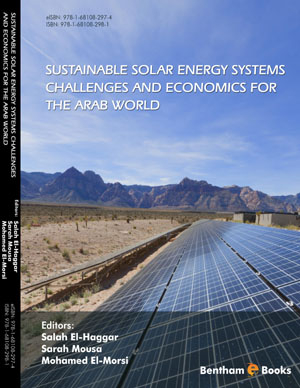Abstract
This chapter adopts a case study approach to study the impact of voluntary carbon and bioenergy markets on the profitability of non-industrial private forest landowners. How an acre of intensely managed slash pine (Pinus elliottii) impacts on the optimal rotation age of a plantation is also assessed. A carbon plantation in the southern United States is selected as a representative case. The payment guidelines from the Chicago Climate Exchange were followed. A life-cycle analysis was conducted to ascertain the emissions from various silvicultural activities. It was assumed that only logging residues available from forestland will be utilized for bioenergy production. It was found that land expectation values increased by about 49 percent (with thinning) and 50 percent (without thinning) by including payments for net carbon sequestered in the live biomass and logging residues, but the optimal rotation age of 22 years did not change.













